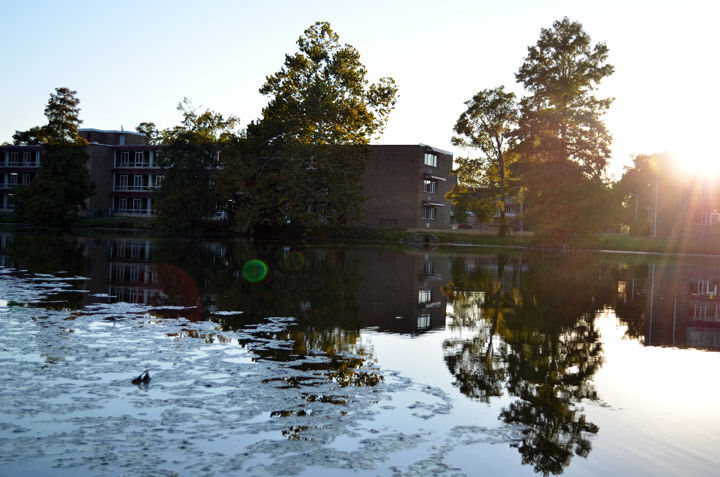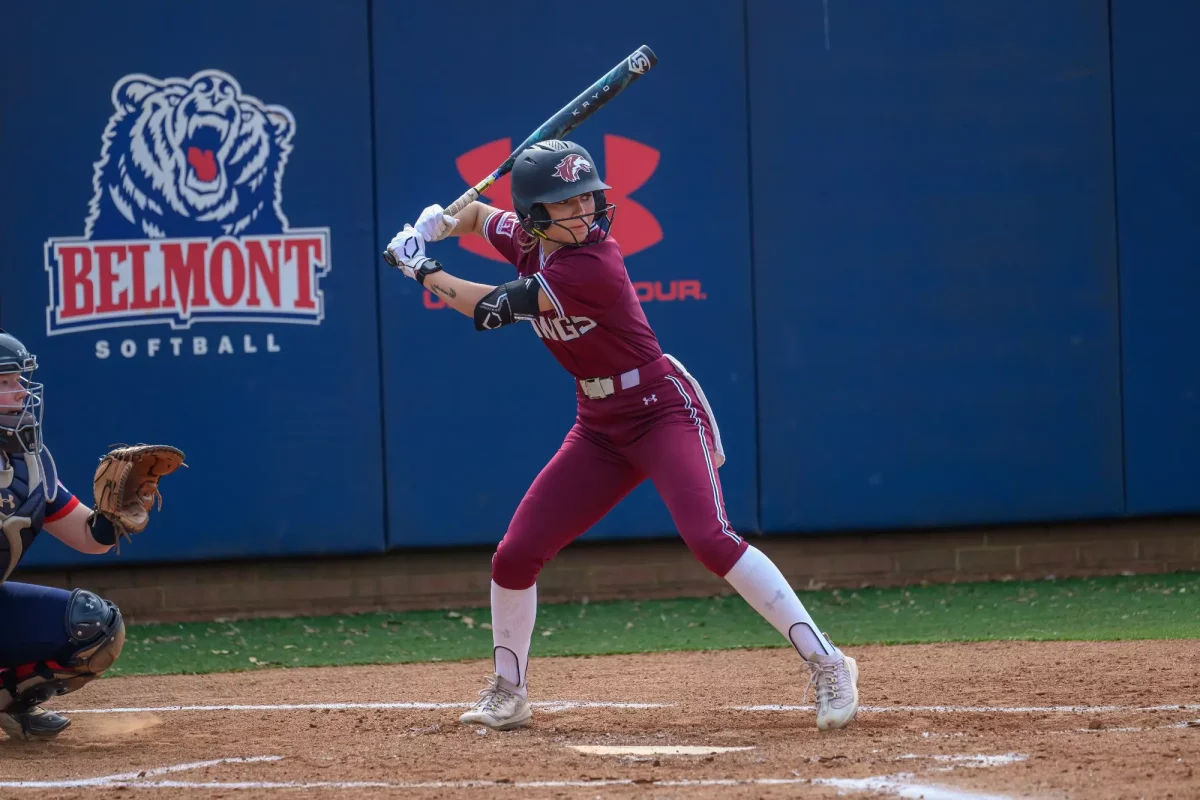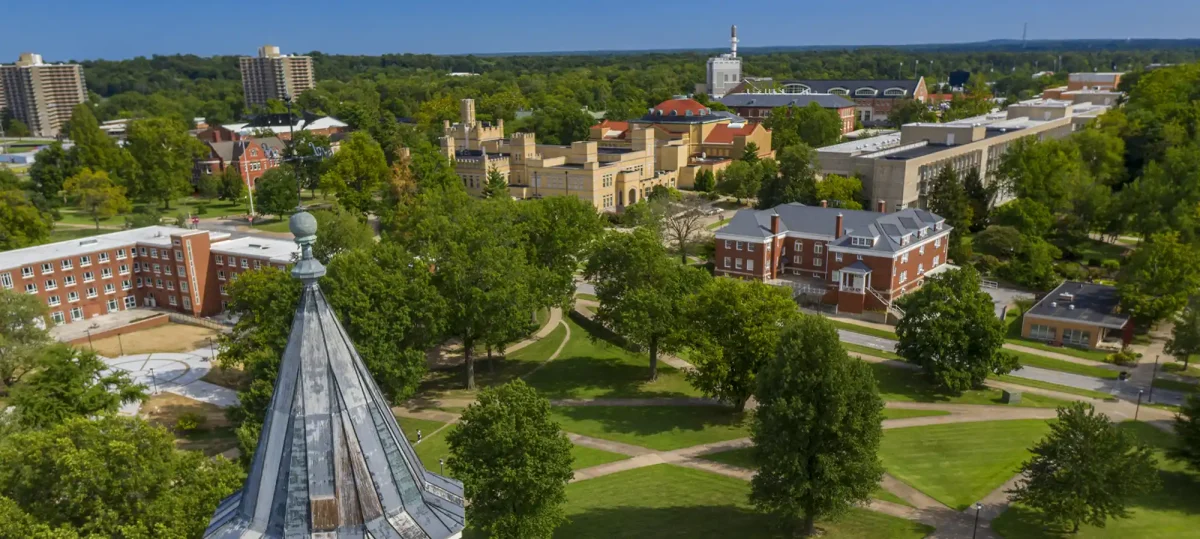Tree Campus USA designation helps address woods management
February 28, 2016
Deciding how much greenery to clear is part of an ongoing debate over how the university should manage the wooded areas on campus.
But the university is seeking a solution to soon end the dispute concerning campus woods’ purpose and function.
Phil Gatton, director of physical plant, said he met with the SIU’s Applied Research Consultants earlier this month to finalize a survey about Thompson Woods and Campus Lake as part of a maintenance plan he is developing later this spring outlining a management strategy for SIU’s natural areas.
Advertisement
“We’re just soliciting opinions from the campus community to see what people think about the lake and the woods and whether or not we should change our methodology,” he said.
He said right now, the procedure is to mow along the edge of the paths in Thompson Woods and around the lake to reduce weed growth.
Gatton said the survey brings to question how the areas should be maintained in addition to concerns and suggestions about whether or not it should be cared for more like a park or allowed to grow freely.
Beginning Tuesday, Gatton said a group of students will ask survey questions in the dining halls, lake and woods to continue resolving the land-management debate.
University arborist Jason Tabor, who cares for and surveys the woods on campus, wrote a tree-care plan — a set of rules for grounds maintenance and future construction — that designates safe zones surrounding the more than 7,000 trees on the groomed campus as part of the requirements for the 2015 Tree Campus USA designation. This year, SIU became the 254th campus in the nation to receive the recognition through the Arbor Day Foundation for its commitment to effective urban forest management.
“I like the native plants’ diversity and don’t want to see it disappear by clearing things out too much,” Tabor said. However, he said sometimes removing natural growth is necessary.
MORE: Petition questions Thompson Woods management | Guest column: Time for expert advice on Thompson Woods
Advertisement*
Tabor said he’d prefer to let nature run its course for teaching purposes, but usually finds reason to do some maintenance.
There’s a safety concern with having so many trees, Tabor said.
“Some of the wooded areas can be dark and make hiding places,” he said
Ashley Bergman, a junior from Edwardsville studying forestry, said the natural scenery on campus was a reason she chose SIU.
“The Tree Campus USA certification shows we are moving in a sustainable way to take care of our trees on campus and it helps start the process of SIU becoming a more sustainable campus,” said Bergman, a student representative on a tree advisory committee with Tabor.
She said the woods should remain mowed for increased safety at night but she agrees with many of her professors that the area around the lake should be allowed to grow more naturally.
Forestry professor Charles Ruffner said before the May 2008 derecho — which wiped out more than 1,500 campus trees and caused $5 million worth of damage, administrators estimated at the time — he would use grassy areas in Thompson Woods to teach students about controlled burns.
Since then, Ruffner said the structure and density of the forest has largely changed, making it difficult for the administration to manage it the same way it previously could.
“It’s created some tension within some of the campus communities as far as feeling that we should leave it completely natural and [allow] whatever time it take to restore it,” Gatton said.
Ruffner said he is pleased the university is seeking a public viewpoint, but thinks the wooded areas should be managed as educational and research tools for faculty and students.
“The public feels like it has to have a say in how [the lake and forest areas] should be managed and how [they] should look, but the university’s job isn’t to provide recreation for visitors,” Ruffner said.
Instead, he said the university should provide a safe space for students and visitors to enjoy the university’s outdoor areas.
Cory Ray contributed to this story.
Anna Spoerre can be reached at aspoerre@dailyegyptian.com or 618-536-3325.
Advertisement









